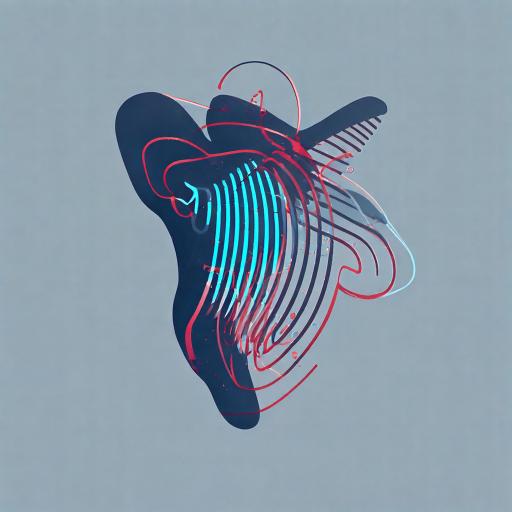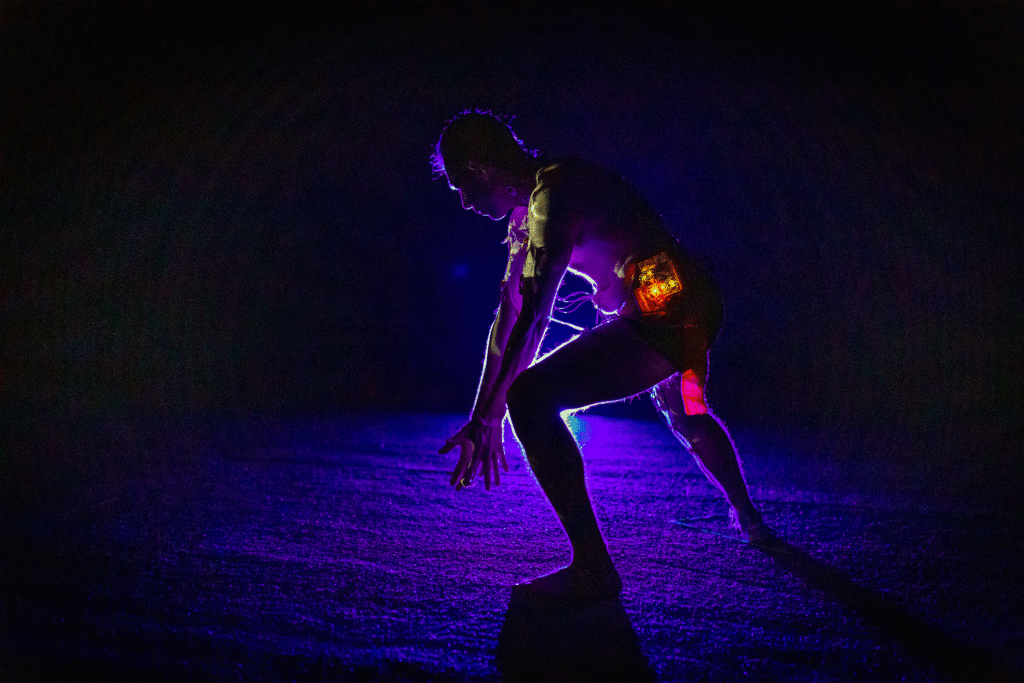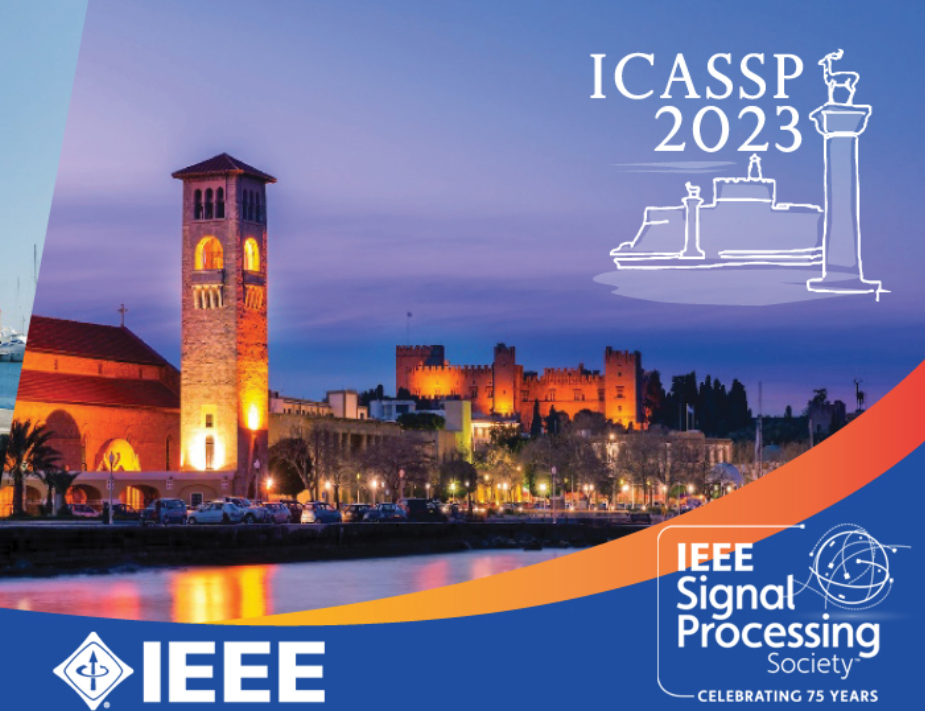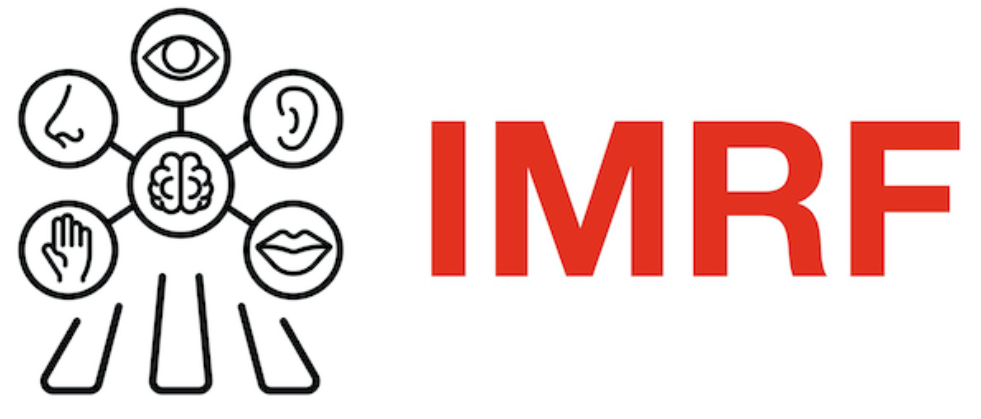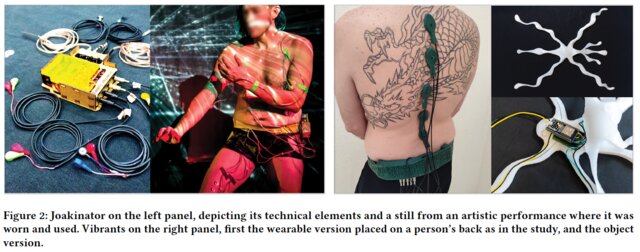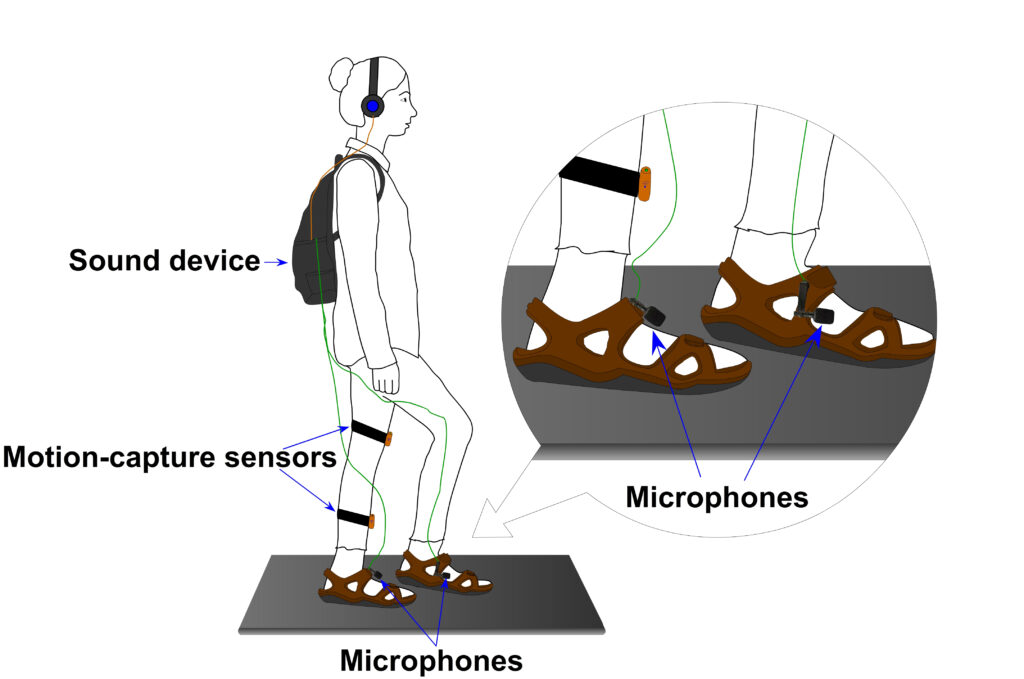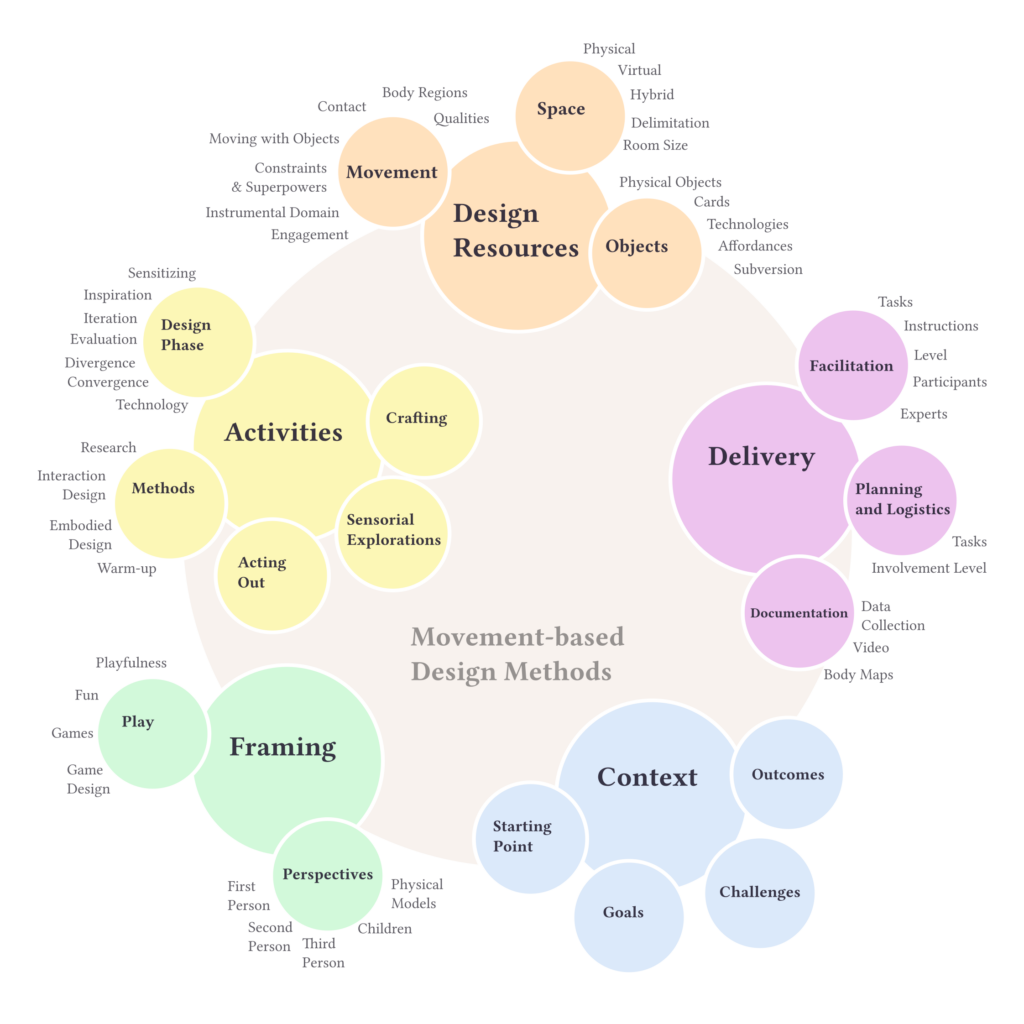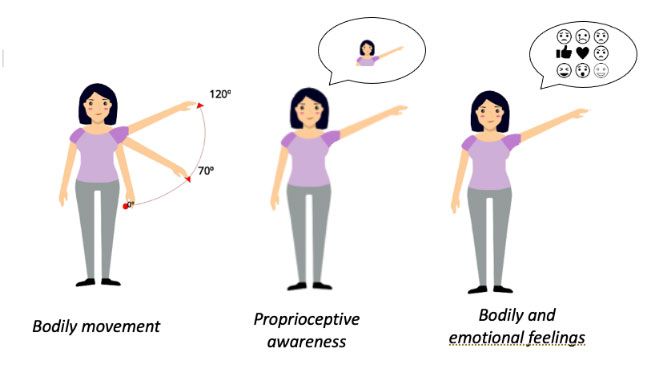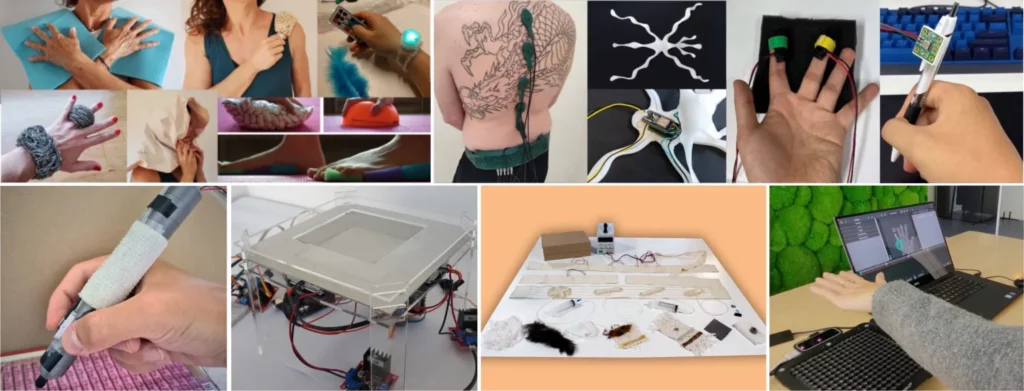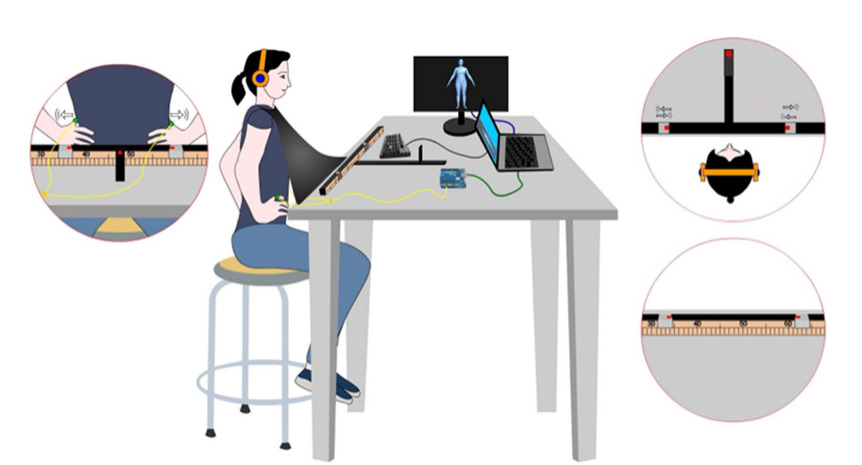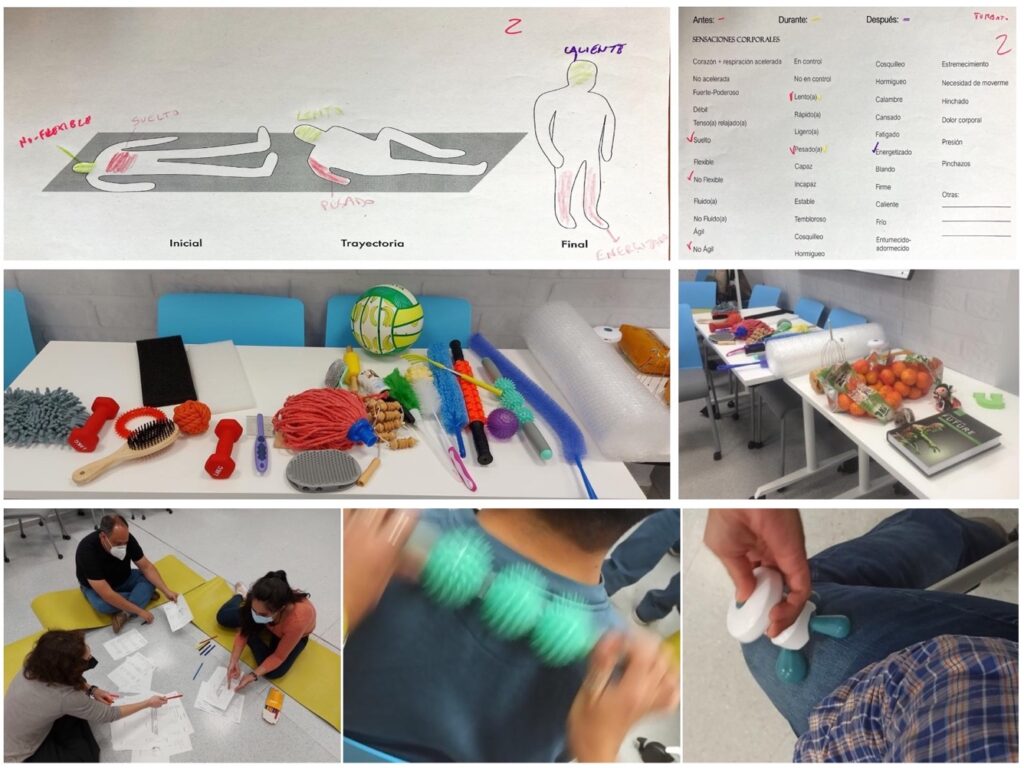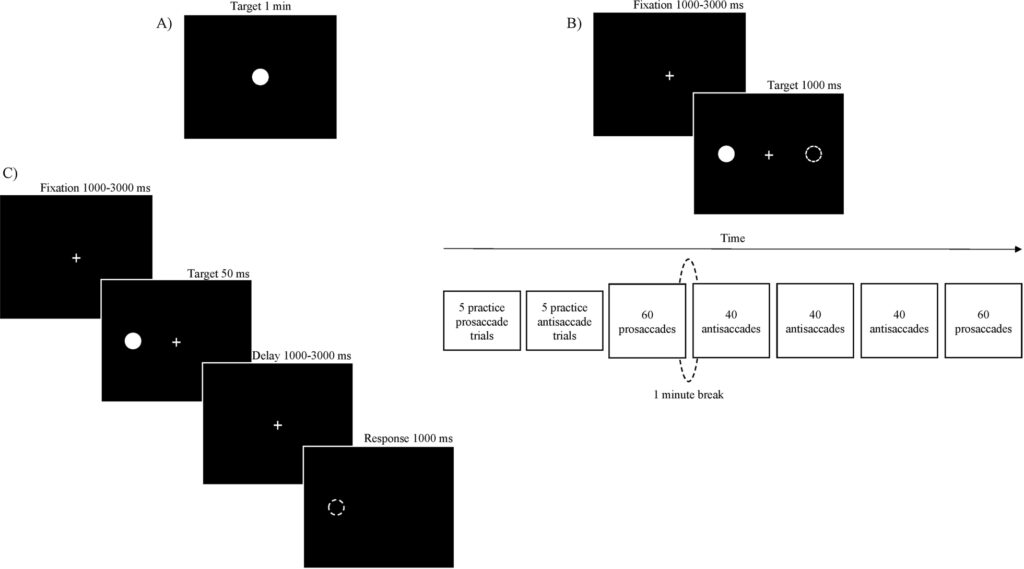
SENsory and Body perception EvAluaTion in Depressive Symptomatology
2025-2028
El proyecto SENSEBEAT investiga los patrones sensoriales y la percepción corporal en trastornos depresivos. Las alteraciones en la percepción sensorial y corporal tienen un impacto significativo en la interacción de las personas con su entorno y, en el contexto de los trastornos depresivos, estas alteraciones también influyen en la sintomatología, la integración sensoriomotora y las respuestas al tratamiento. En proyectos anteriores demostramos que la tecnología con retroalimentación sonora sobre el movimiento corporal altera las percepciones corporales, el comportamiento motor y el estado emocional en diversas poblaciones, incluidas aquellas con bajos niveles de actividad física, dolor crónico, trastornos alimentarios y accidente cerebrovascular crónico. Recientemente, estamos explorando la maleabilidad corporal inducida por señales sensoriales, en conjunción con la conciencia interoceptiva y sensibilidad al procesamiento sensorial, en poblaciones con trastornos alimentarios. También hemos demostrado, empleando ilusiones corporales, asociaciones entre síntomas de depresión y sensaciones corporales, con aplicaciones prometedoras en intervenciones de salud mental. Para desarrollar herramientas de diagnóstico y tratamiento es crucial llevar a cabo investigaciones sobre alteraciones en la percepción sensorial y corporal asociadas con los síntomas depresivos, así como investigar el impacto de la tecnología sensorial en estos aspectos en entornos de laboratorio, clínicos y cotidianos.
El proyecto SENSEBEAT postula que las alteraciones en el procesamiento sensorial y la percepción corporal contribuyen a la fisiopatología de los trastornos depresivos, ofreciendo posibles vías de intervención. Su objetivo es investigar correlaciones a corto y largo plazo entre el procesamiento sensorial, las alteraciones en la percepción corporal y los síntomas depresivos. Esto implica la caracterización de poblaciones y la evaluación de la maleabilidad de la percepción corporal inducida por señales sensoriales. El proyecto empleará tecnología portable en estudios de laboratorio y en el hogar, junto con dispositivos inteligentes utilizados durante los períodos de seguimiento.
Este proyecto inter/multidisciplinario de 3 años consta de dos subproyectos. El subproyecto 1 se centra en refinar sistemas de estimulación multisensorial vestibles, evaluar instrumentos, adaptar intervenciones en población subclínica, y utilizar modelos de aprendizaje automático para los datos recogidos en entornos reales. El subproyecto 2 consiste en un ensayo clínico con un seguimiento de seis meses, en el que se emplea la Evaluación Ecológica Momentánea pasiva basada en teléfonos inteligentes y un estudio en el hogar de los pacientes, de un mes de duración, para investigar el impacto de la estimulación sensorial centrada en las percepciones corporales sobre los síntomas depresivos.
SENSEBEAT cuenta con investigadores de 5 países europeos que abarcan la psicología, neurociencia cognitiva, interacción persona-ordenador, psiquiatría, ciencia de los datos, y aplicaciones sanitarias de la vida real. Con su amplia experiencia en evaluación sensorial y evaluaciones ecológicas implícitas, el proyecto pretende avanzar en el conocimiento de las alteraciones sensoriales y la percepción corporal en la depresión mayor y orientar el diseño de tecnologías innovadoras centradas en el cuerpo con potencial para revolucionar terapias y prácticas de autogestión de las personas con síntomas depresivos.
Ana Tajadura-Jiménez
Laia Turmo Vidal
Daniel de la Prida Caballero
Elena Márquez Segura
Luis Antonio Azpicueta Ruiz
Fernando Díaz de María
Ángel Sánchez Sánchez
Alfredo Miralles
Our physical body is the interface between ourselves and the world around us. The way we perceive our body, its appearance, configuration and motor abilities shapes our behaviour, emotion and social functioning. New sensor-based and bodily sensory feedback devices, such as those brought by immersive virtual reality, allow creating Body Transformation Experiences (BTE). These perceptual illusions, like being in a child’s body, lead to experience changes in one’s own body. Beyond fun experiences, the new field of BTE engineering brings a significant leap for wellbeing and health applications, as well as for the embodiment of robotic devices and virtual avatars, and smart clothing. However, the neuroscience of core sensory-driven changes in Mental Body Representations currently represents piecemeal experiments in very controlled settings that restrict body movement. This hinders the transfer of the basic principles discovered to real-world complex environments and practical problems.
Through systematic and iterative research, the project BODYinTRANSIT will establish a theoretical ‘BTE design framework’ for individualized sensorial manipulation of mental body representations with long-lasting effects in everyday use contexts. The framework will stand on four scientific pillars to induce, measure, support, personalize and preserve body transformations: 1) neuroscience of multisensory body perception, 2) data modelling of the links between body-representation, behaviour, emotion and social functioning, 3) wearable-based embodied multisensory interaction design, and 4) field studies in real-life and on-the-move contexts with physically inactive users, somatic practitioners and users with body image concerns.
Tangible outcomes will include design principles, data formats, models, measures and paradigms enabling and guiding BTE engineering innovations. BODYinTRANSIT envisions personalized BTE technologies able to measure MBR and adapt bodily sensory feedback to modify it – individually, online and while on-the-move.
“This project has received funding from the European Research Council (ERC) under the European Union’s Horizon 2020 research and innovation programme (grant agreement No 101002711)“.
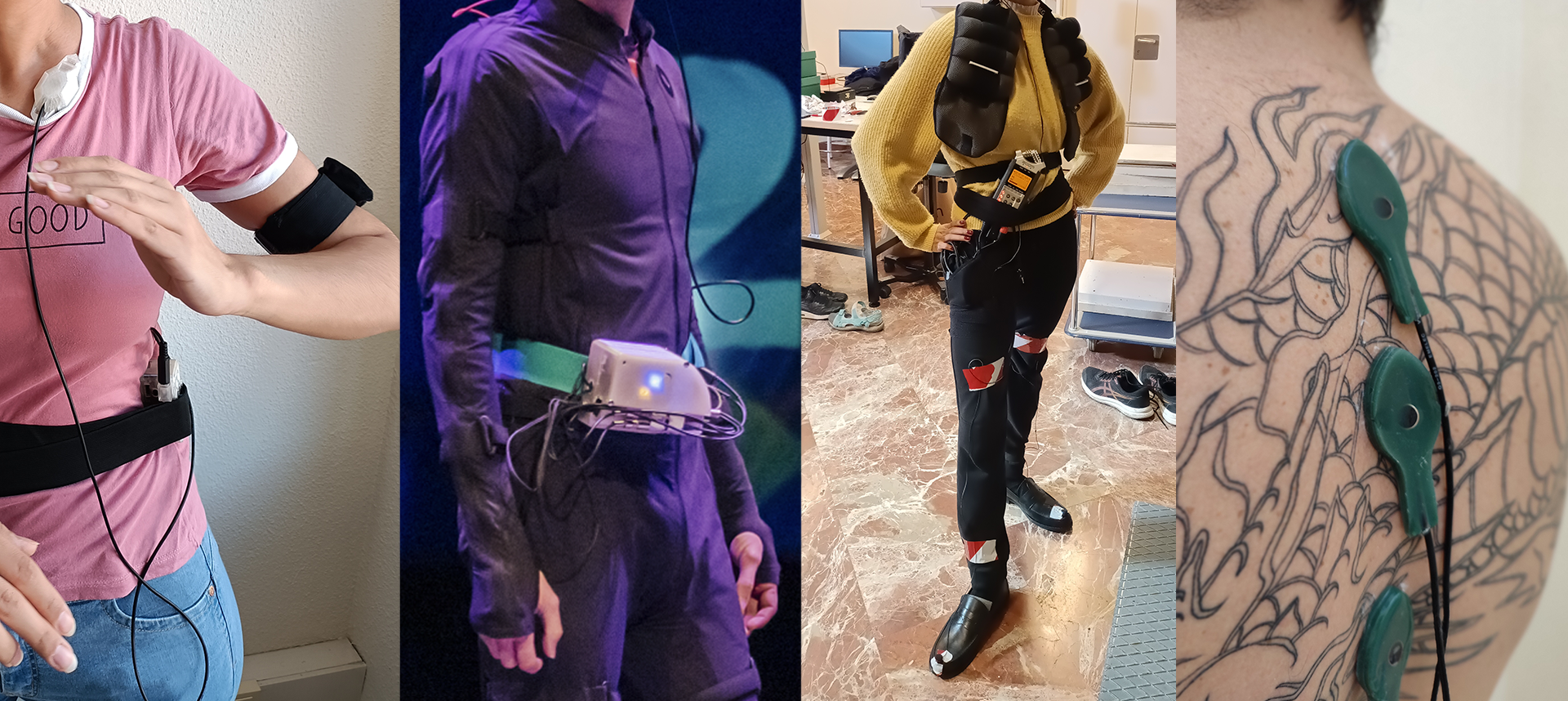
New Interfaces for Musical Expression (NIME’23)
Judith Ley-Flores, Laia Turmo-Vidal, Frédéric Bevilacqua, Ana Tajadura Jiménez
BRnet2023 – The interactive body: Multisensory and embodied signatures of bodies interacting in the world
Amar D’Adamo, Daniel De la Prida Caballero, Joaquín R. Díaz Durán, Luis Antonio Azpicueta-Ruiz, Mohammad Mahdi Dehshibi, Ana Tajadura-Jiménez
ICASSP 2023 – The International Conference on Acoustics, Speech, & Signal Processing
Amar D’Adamo, Mohammad Mahdi Dehshibi, Marte Roel, Joaquín R Díaz-Durán, Daniel de la Prida, Luis Antonio Azpicueta, Ana Tajadura-Jiménez
MLSP2023: IEEE International Workshop on Machine Learning for Signal Processing
Prida Daniel, Díaz-Durán Joaquín R., Azpicueta-Ruiz Luis Antonio, Ana Tajadura-Jiménez
TECNIACÚSTICA 2022, 53° Congreso Español de Acústica, XII Congreso Ibérico de Acústica, Noviembre, 2022 Elche.
Amar D’Adamo, Mohammad Mahdi Dehshibi, Marte Roel, Joaquín R Díaz-Durán, Daniel de la Prida, Luis Antonio Azpicueta, Ángel Sánchez, Fernando Díaz de María, Aleksander Väljamäe, Ana Tajadura-Jiménez
IMRF2023: The International Multisensory Research Forum
Laia Turmo Vidal, Ana Tajadura-Jiménez, José Manuel Vega-Cebrián, Judith Ley-Flores, Joaquin R. Díaz-Durán, and Elena Márquez Segura
Eighteenth International Conference on Tangible, Embedded, and Embodied Interaction (TEI ’24)
Ana Tajadura-Jiménez, Laura Crucianelli, Rebecca Zheng, Chloe Cheng, Judith Ley-Flores, Mercedes Borda-Más, Nadia Bianchi-Berthouze & Aikaterini Fotopoulou
Scientific Reports volume 12, Article number: 20031
José Manuel Vega-Cebrián, Elena Márquez Segura, Laia Turmo Vidal, Omar Valdiviezo-Hernánez, Annika Waern, Robby van Delden, Joris Weijdom, Lars Elbæk, Rasmus Vestergaard Andersen, Søren Lekbo, and Ana Tajadura-Jiménez
Designing Interactive Systems Conference (DIS ’23)
Judith Ley-Flores, Eslam Alshami, Aneesha Singh, Frédéric Bevilacqua, Nadia Bianchi-Berthouze, Ophelia Deroy, and Ana Tajadura-Jiménez
Scientific Reports volume 12, Article number: 2676
Hasti Seifi, Ana Tajadura-Jiménez, Laia Turmo Vidal, Elena Márquez Segura, Ricardo O’Nascimento, Bruna Petreca, José Vega-Cebrián
Sergio Navas-León, Luis Morales Márquez, Milagrosa Sánchez-Martín, Laura Crucianelli, Nadia Bianchi-Berthouze, Mercedes Borda-Mas & Ana Tajadura-Jiménez
Journal of Eating Disorders
Ana Tajadura-Jiménez, Judith Ley-Flores, Omar Valdiviezo, Aneesha Singh, Milagrosa Sanchez-Martin, Joaquin R. Diaz Duran, Elena Márquez Segura
Proceedings of the 8th International Conference on Movement and Computing (MOCO ’22). Association for Computing Machinery, New York, NY, USA, Article 23, 1–9
Amar D’Adamo, Mohammad Mahdi Dehshibi, Marte Roel, Joaquín R Díaz-Durán, Daniel de la Prida, Luis Antonio Azpicueta, Ángel Sánchez, Fernando Díaz de María, Aleksander Väljamäe, Ana Tajadura-Jiménez
BRnet2023: Body Representation Network
Sergio Navas-León, Milagrosa Sánchez-Martín, Ana Tajadura-Jiménez, Lize De Coster, Mercedes Borda-Más, and Luis Morales
Journal of Eating Disorders volume 10, Article number: 47
BODYinTRANSIT
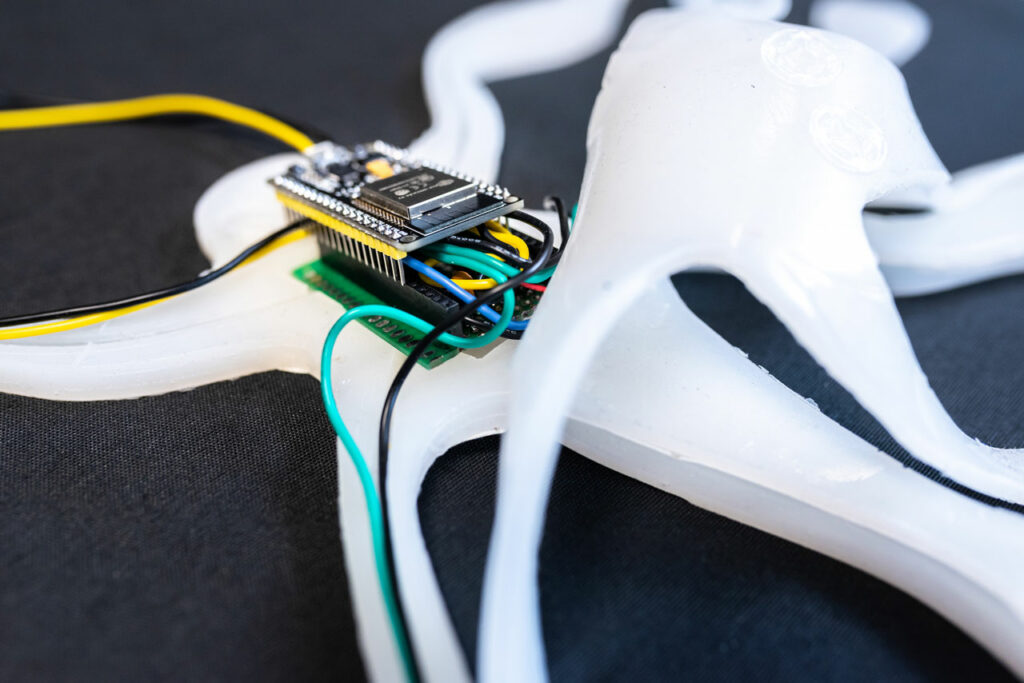
Sensory-driven Body Transformation Experiences On-the-move.
2022-2026
Our team is highly multidisciplinary and international. Our team members and collaborators include HCI/computer scientists, psychologists and cognitive neuroscientists, data scientists, engineers, acousticians, philosophers, ethics experts, designers and artists, professional dancers and clinical practitioners. The international research network for BODYinTRANSIT includes, among others, collaborations with University College London, Birkbeck – University of London, IRCAM – Paris, LMU – Munich, Tilburg University, Ritsumeikan University – Japan, and the Estonian Academy of Arts. We are in the process of recruiting team members but check the team of our current project MAGIC outFIT and the website of the DEI Interactive Systems Group at Universidad Carlos III de Madrid to get an impression of some of our current members/collaborators.
Our physical body is the interface between ourselves and the world around us. The way we perceive our body, its appearance, configuration and motor abilities shapes our behaviour, emotion and social functioning. New sensor-based and bodily sensory feedback devices, such as those brought by immersive virtual reality, allow creating Body Transformation Experiences (BTE). These perceptual illusions, like being in a child’s body, lead to experience changes in one’s own body. Beyond fun experiences, the new field of BTE engineering brings a significant leap for wellbeing and health applications, as well as for the embodiment of robotic devices and virtual avatars, and smart clothing. However, the neuroscience of core sensory-driven changes in Mental Body Representations currently represents piecemeal experiments in very controlled settings that restrict body movement. This hinders the transfer of the basic principles discovered to real-world complex environments and practical problems.
Through systematic and iterative research, the project BODYinTRANSIT will establish a theoretical ‘BTE design framework’ for individualized sensorial manipulation of mental body representations with long-lasting effects in everyday use contexts. The framework will stand on four scientific pillars to induce, measure, support, personalize and preserve body transformations: 1) neuroscience of multisensory body perception, 2) data modelling of the links between body-representation, behaviour, emotion and social functioning, 3) wearable-based embodied multisensory interaction design, and 4) field studies in real-life and on-the-move contexts with physically inactive users, somatic practitioners and users with body image concerns.
Tangible outcomes will include design principles, data formats, models, measures and paradigms enabling and guiding BTE engineering innovations. BODYinTRANSIT envisions personalized BTE technologies able to measure MBR and adapt bodily sensory feedback to modify it – individually, online and while on-the-move.
“This project has received funding from the European Research Council (ERC) under the European Union’s Horizon 2020 research and innovation programme (grant agreement No 101002711)“.
BODYinTRANSIT is a research project funded by the European Research Council (ERC) and led by Prof. Ana Tajadura-Jiménez. It will run from Jan 2022 to Dec 2026 within the Department of Computer Science Department at Universidad Carlos III de Madrid, Spain.

